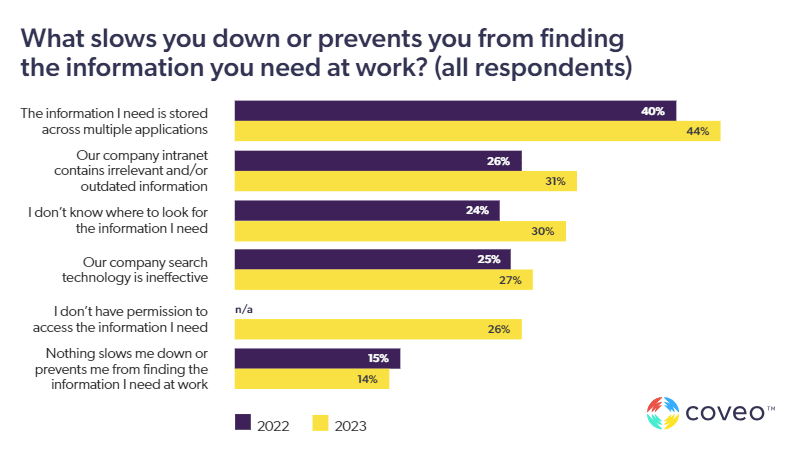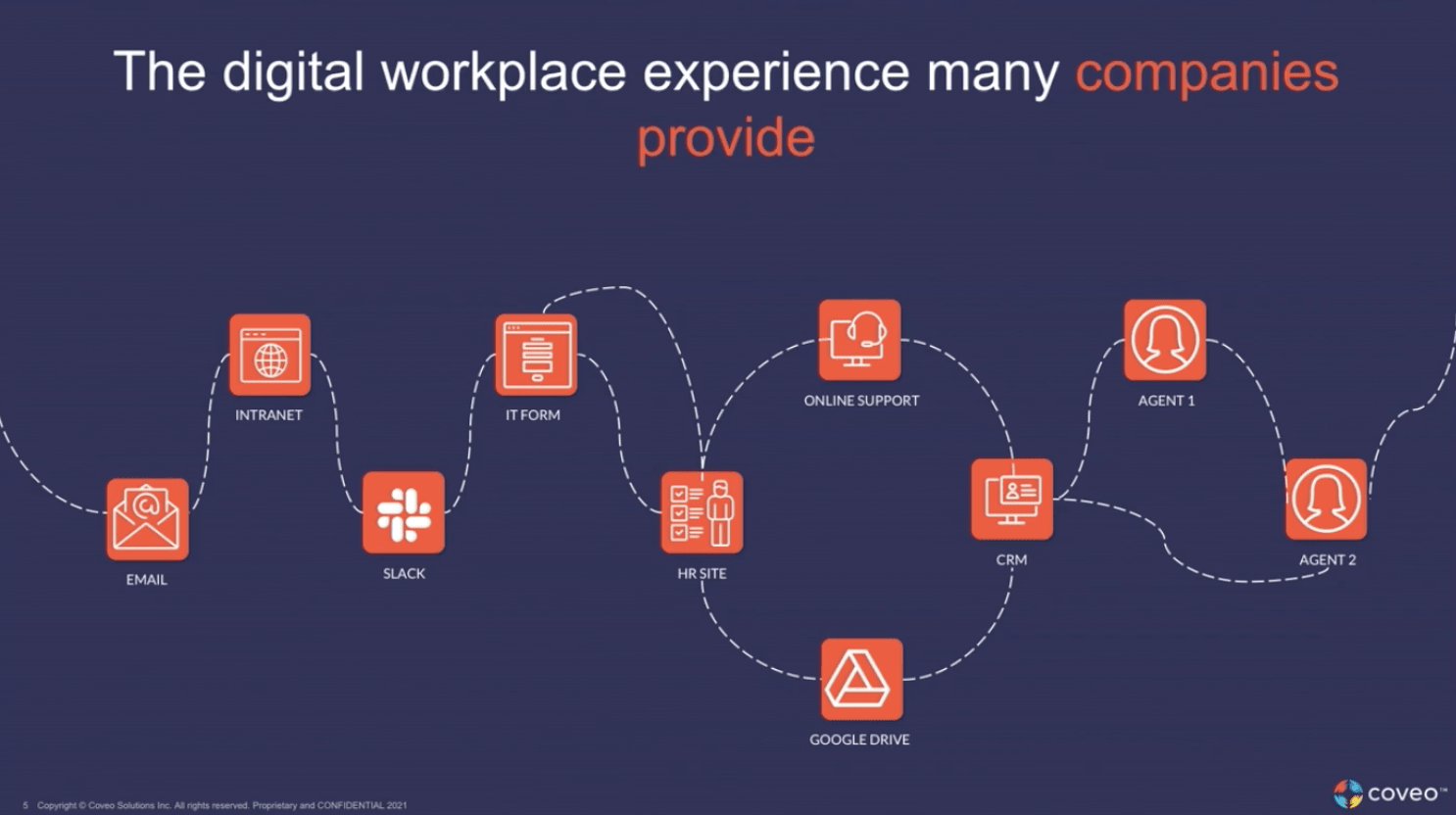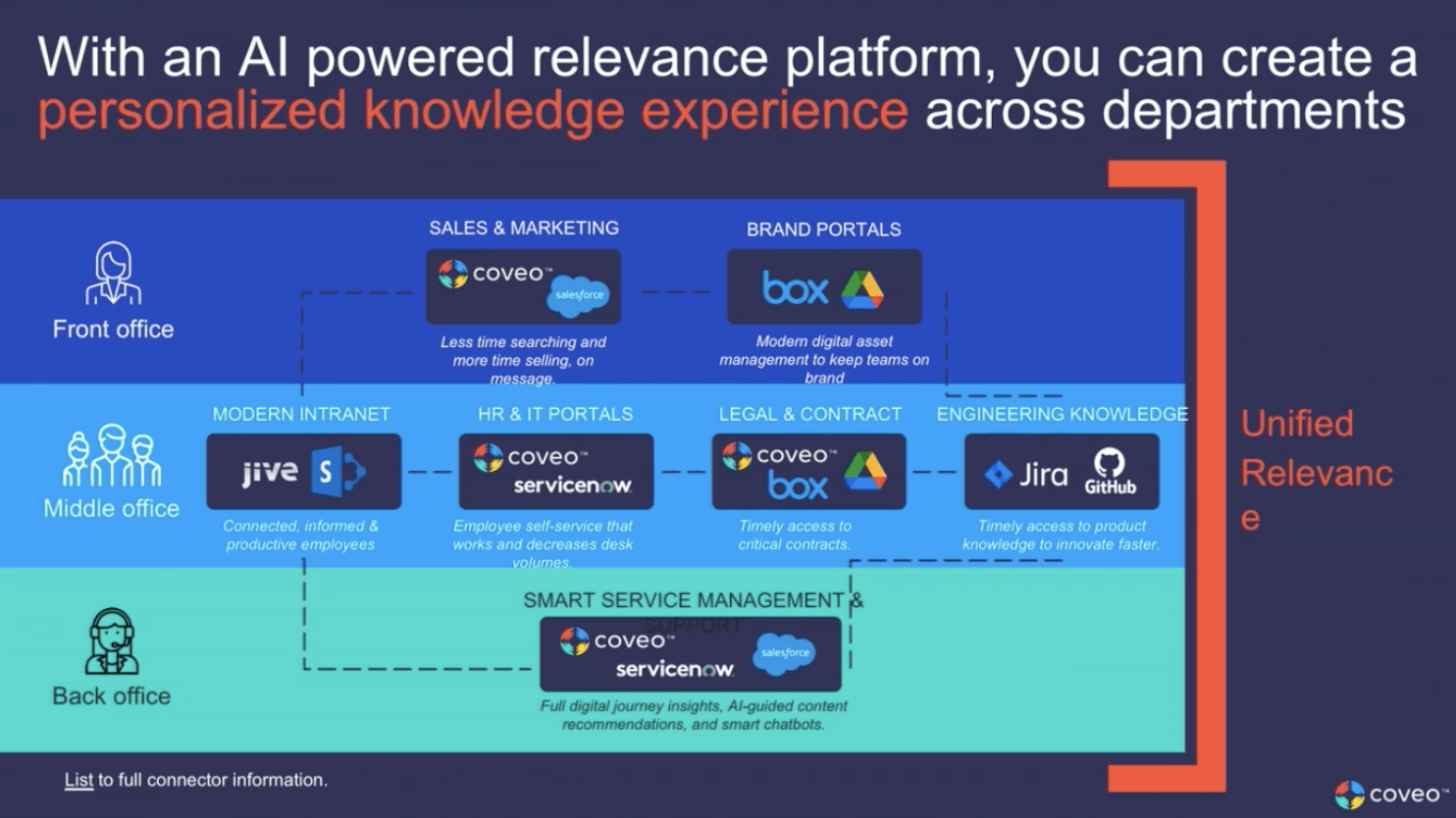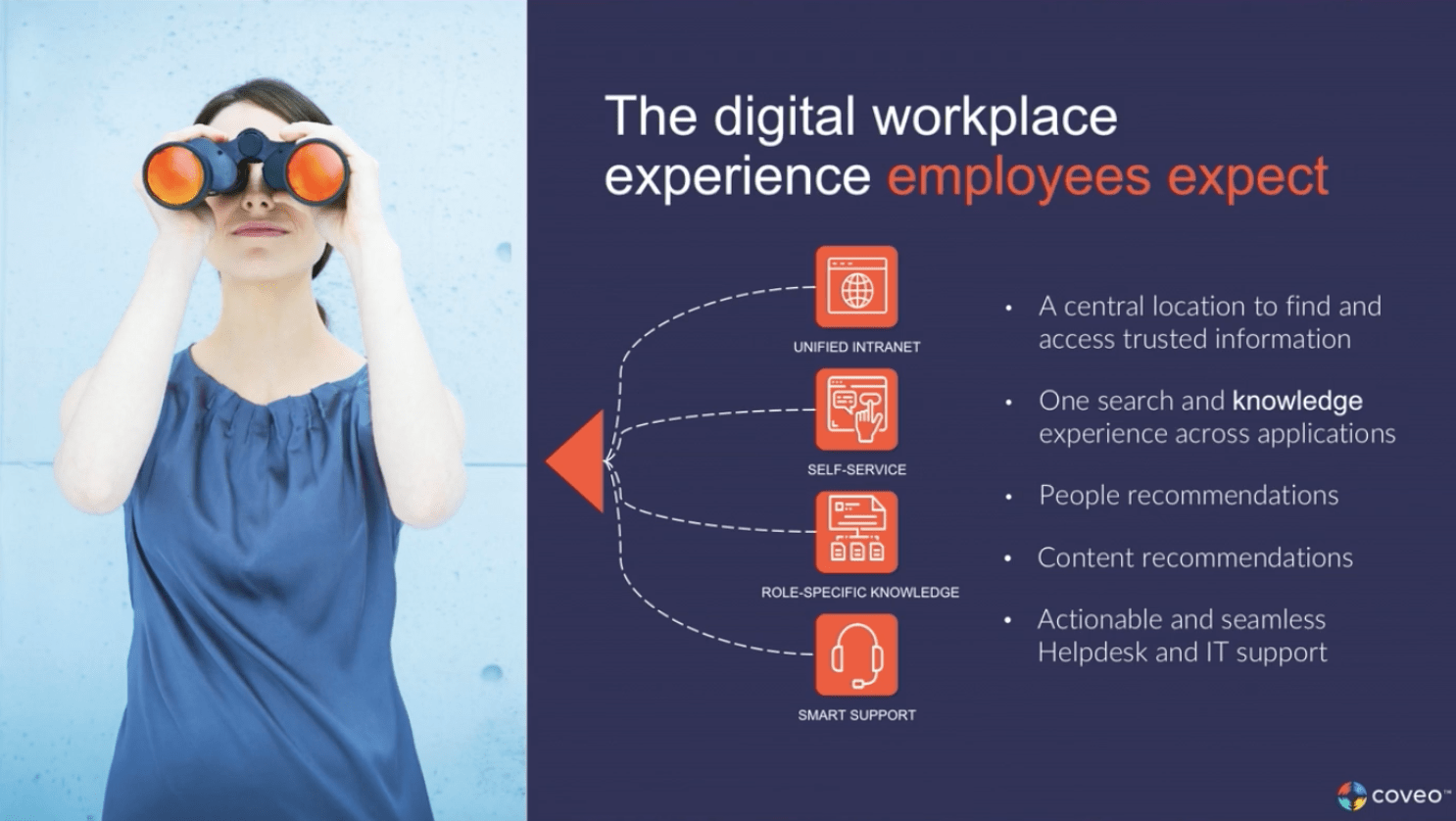Despite reports that remote work is waning, every state has more remote workers now than in 2019 before the COVID pandemic. White-collar industries like the information sector (such as tech and media) have the largest share, with 67% of firms having employees work remotely some or all of the time last year.
While some feel that “remote working” is simply “work,” executives across companies are trying to recall employees to physical offices. Distrust in remote work isn’t uncommon, and studies post-COVID show that digital work culture may be fraying at the edges. A study out of the University of Chicago observed that being plugged in all the time encourages remote employees to work longer hours, diminishing productivity. Another study of Microsoft workers in September 2021 cited “less interconnectedness” because of an overreliance on digital tools like email and messaging. It’s not the tools themselves, but the restrictions they impose around communicating complex ideas.
So, do we need a stampede back into the office? No. Younger worker demographics like Gen Z and Millennials still demand workplace flexibility. To woo the next generation of employees, your organization needs to instead rethink what constitutes a good digital employee experience. How do you empower employees’ proficiency, protect their wellness, and align both with your organization’s needs?
The likely answer is hybrid work, buttressed by strong workplace technology that meets employee needs.
Does Your Digital Employee Experience Strategy Pass “The Employee Expectation Test”?
So what makes for a good employee experience? We can answer this with one word: findability. Employees expect to be able to find information they need to do their jobs. And in the spirit of “there’s an app for that,” there’s certainly no shortage of digital workplace tools designed to solve all kinds of problems revolving around content and data.
But those piecemeal attempts to solve different problems in isolation instead of holistically has created a drag on employee engagement. Instead, these systems have created pockets holding documents, images, content — or in enterprise parlance, knowledge — that all too many employees spend too much of their time digging for.
Our recent Workplace Relevance Report 2023 revealed that workers search on average between 1 to 6 sources daily to find information to do their job — not an encouraging number for employee productivity. When asked specifically what slows them down, there were a host of obstacles:

Additionally, while employees spend an average of three hours in an average workday searching for information (down from four hours in 2022), younger respondents devoted more time than their peers. We speculate that this could be due to older workers’ accumulated tacit or institutional knowledge, which younger workers haven’t yet gained.
What’s the answer? It’s not feasible nor financially wise to rip and replace everything you already have. It’s about connecting your tech stack, unifying that silo mentality, and ensuring that relevant information rises to the top of search pages. This supports hybrid work in the long run. Enabling an in-person office, supporting the connectivity of remote workers, and allowing your business to balance the needs of both to provide a well-rounded employee experience.
Because, let’s be honest – these frustrations aren’t new. But the cost of not addressing them has skyrocketed. A great in-person employee experience can no longer be used to compensate for a poor digital experience. You simply need both!
The Dangers of Ignoring the Digital Employee Experience
Every initiative that you have, every goal your organization is working towards, relies in large part upon the success of your employees doing their jobs effectively. Unfortunately, the employee experience has not always received the same level of sustained attention as customer experience.
Customer experience and employee experience go hand in hand, but most companies have yet to get a grip on improving the latter. Many best practices have been developed for improving the customer experience — but the next leap in the customer experience will first require improvements in your employee experience.

“What’s left [within customer experience] are the harder projects and smaller gains, often delivered in an agile or incremental way,” argues 20-year-veteran digital workplace consultant James Robertson in CMSWire. The CX well, while not dry, might be reaching the bottom. Instead, Robertson encourages companies to turn their attention to the gains they can achieve with employee experience. “Within many businesses, the potential gains are still great and largely unexploited. This is where digital employee experience comes in.”
Think of it this way: one of the great focal points of improving your customer experience is to smooth the bumps that occur in a multichannel or omnichannel journey. We’ve all experienced the disconnect in our interactions with a organization when we move from social media to customer support to the website. Information and digital experiences never seem to be the same from channel to channel.
Due to digital transformation efforts, employees have faced a similar fragmentation within their workflows. From communication channels like email and Slack to content repositories and dozens upon dozens of applications, employees (remote or otherwise) are switching from window to window without anything to unify that experience. Once casual in-person chats with colleagues disappeared, these gaps in internal communication and digital experience felt magnified.

The danger of a bad digital employee experience comes from the fact that high levels of frustration and disengagement can lead to poor job performance and poor employee retention rates.
Recent observations from Gallup found that only 32% of employees are overall engaged. A lack of engagement has costly ramifications for not just company culture – but even the bottom line.
How To Build A Great Digital Employee Experience
Building a relevant digital workplace is about more than avoiding the pitfalls of a bad digital employee experience. It certainly is a mitigation tactic, but it is also an additive exercise.
Delivering an exceptional digital experience to your employees has a direct impact on the bottom line. In fact, Gallup found that “companies with high engagement outperform their peers by 147% in earnings per share.”
Most human resources leaders believe that remote work is here to stay, and reports seem to hold true to that. Even after two years past the pandemic, the trend line of remote work is barely moving. While some workers miss the rich, in-person engagement and interaction, others love the convenience and opportunities offered by remote and hybrid work.
Digital interactions are very different from real or in-person interactions. It’s slightly more challenging to garner engagement when all your interactions start and end with a screen.
Challenging, yes. But impossible? Definitely not.
As you embark on addressing the digitization of the employee journey, here are a couple of tips for a positive digital employee experience that will help keep engagement and adoption rates high:
1. Meet employees where they are
Even employees with the same job title require a different user experience. The customer support agent who’s a five-year veteran needs a much different content experience than the agent that started this week.
Your agent assist system needs to be able to adapt to anyone who’s interacting with it.
2. Connect the digital workplace
In 2019, the number of apps employees used was 9.39. What this means is that employees had to search through at least nine different content repositories or little silos for information.
Calculate how much time it wastes on a weekly/monthly basis – you’ll be shocked. The goal of a relevant digital workplace is to unify these disparate sources to create a seamless experience across all of them – without negatively impacting the overall employee experience.
3. Deliver true employee self-service
Do-it-yourself is not just a nice-to-have option anymore – employees, like customers, expect the flexibility of 24/7 self-service. That self-service experience needs to provide relevant content based on where the employee is on their journey.
Discover how an AI-powered search platform helped Charles Schwab transform the digital workplace.
Digital Workplace Experience: AI-Powered Search Platform Checklist
When Manulife sought to improve their digital employee experience , they started with improving the search functionality of their company intranet. Because it was important to deliver role and task-specific information alongside general company information, it was important for them to have an AI-powered relevance platform that connected all of their critical tools and served up the best content for the employee.

As a result of their transformation, Manulife significantly improved their employees’ digital work experience. With 65,000 average monthly searches – over 70% of those are now guided by AI-driven suggestions.
If your goal is to provide an engaging and helpful digital workplace experience for your employees, here are a few of the boxes you need to check when searching for an AI search platform.
- A central location to find and access trusted information. Don’t make your employees spend their days searching across applications and accounts for the information they need.
- One search and knowledge experience across all applications. This is important for all employees but is particularly important for newer employees in work-from-home environments.
- Recommendations for the right content in context. Keep the most up-to-date content ready-at-hand and deliver it exactly when employees need it.
- Recommendations for connecting with the right people. It can be hard to find the right person in any company – even when everyone is physically present. The move to work-from-home has made fostering connections between employees more important than ever.
- Actionable and seamless Helpdesk and IT support to help reduce employee frustration levels.

Dig Deeper
To create a digital workplace that attracts and retains talent, you have to understand that search is the throughline of the modern virtual office. Craft the best employee experience for your workplace, with AI – start with our guide to create a blueprint for your business.
The digital workplace is often the last area to receive investment, yet, it is arguably one of the most important since companies are dependent on skilled and productive employees to deliver on the company’s promises.
Watch the webinar to learn how to build a compelling business case that demonstrates a solid ROI for your digital workplace and employee experience (EX) initiatives.



